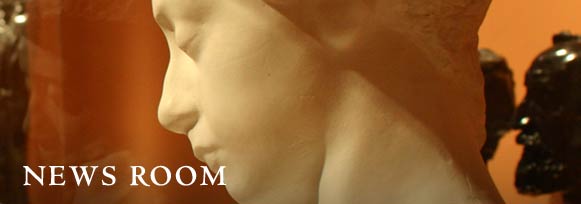Exhibition Premieres at Stanford Before Traveling to D.C. for Smithsonian American Art Museum's Grand Re-Opening
American ABC: Childhood in 19th-Century America
February 1 – May 7, 2006
Stanford, California—The Cantor Arts Center at Stanford University presents American ABC: Childhood in 19th-Century America, one of the most comprehensive art exhibitions in recent decades to deal with American childhood, from February 1 through May 7, 2006. The exhibition, which features paintings by Winslow Homer, Thomas Eakins, George Catlin, Eastman Johnson, and other celebrated American artists, premieres at Stanford then travels to the Smithsonian American Art Museum in Washington, D.C., where it will be featured as part of that museum’s grand re-opening on July 1, 2006.
Presenting paintings, prints, photographs, and books selected from major museums, libraries, archives, and private collections throughout the United States, American ABC explores the connection between images of the American child and the democratic ideals of the young United States. The exhibition also includes a wide variety of illustrated children’s books, such as Mark Twain’s Huck Finn, Noah Webster’s Elementary Spelling Book, McGuffey’s readers, and colorful ABC primers.
Over the course of the 19th century, the United States grew from an infant republic to a powerful nation with a prominent place in world affairs. American ABC demonstrates how portrayals of the nation’s youngest citizens took on an important symbolic role in the United States’ long journey towards maturity and will provide a window into the everyday life of the period--the world of families, children’s pastimes, and the routines of the schoolhouse.
The exhibition's companion book, published by Yale University Press, expands on the themes of the exhibition and presents new research on the social and economic significance of childhood in 19th-century America. The exhibition, associated book, and related programs are made possible by the generosity of Carmen Christensen with additional support from Peter and Helen Bing and Cantor Arts Center members.
The exhibition includes a hands-on replica of a 19th-century classroom for visitors to experience. Both scholarly and family-oriented programs will be offered at Stanford. Docents lead free tours of the show Thursdays at 12:15, Saturdays and Sundays at 2 pm during the show's run at the Cantor Arts Center.



